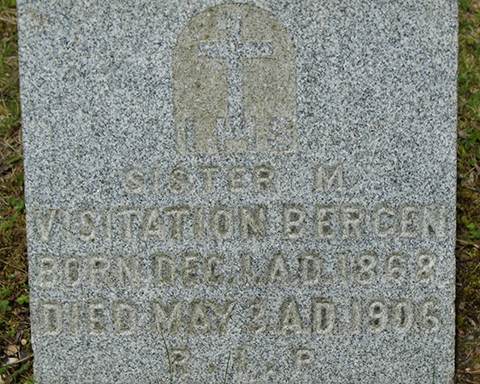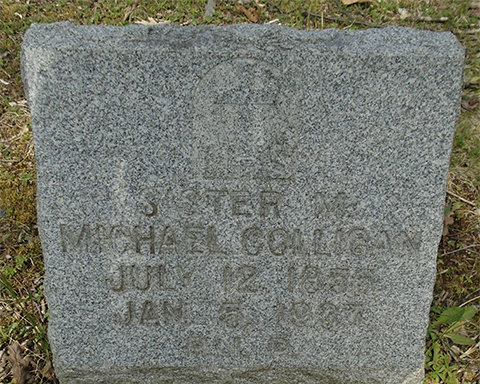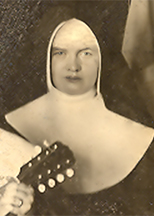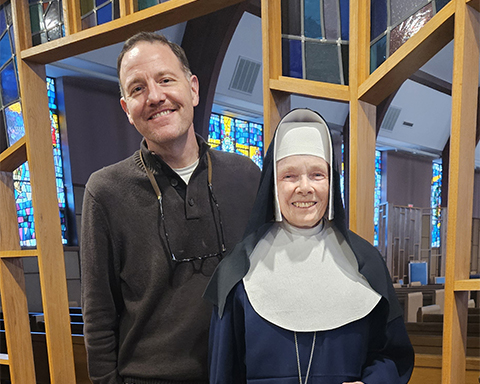IHM Archives
Preserving the history and charism of IHM
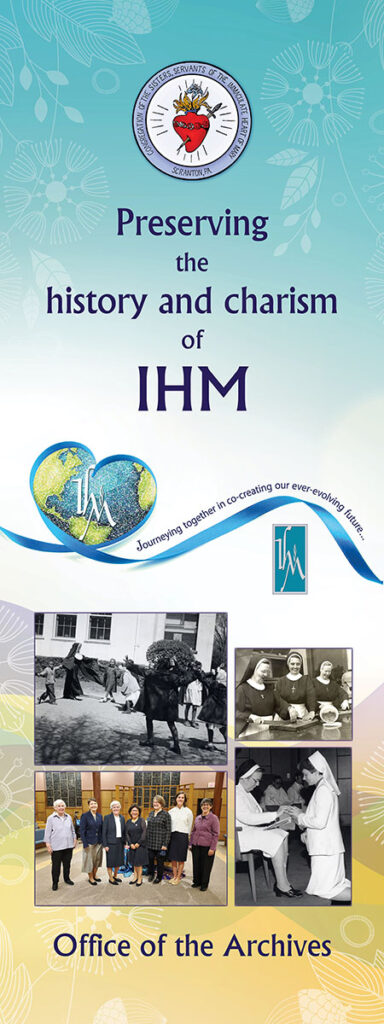
The Archives has as its mission to organize, preserve and make available all materials relating to the origin, history, development, and charism of the congregation. The Archives is the official repository for selected documents and materials of any form (print, image, artifact), and our collections are not limited to the official papers of past administrative officers but encompass current items that help to preserve the sense of our history, and the spirit and charism of the congregation.
Among our many activities are record keeping, creating displays of our heritage, preserving artifacts and researching genealogy requests. We honor and remember our past as it prepares us for the future. From Belgium, Haiti, Europe, to the Americas, we research the lives and history of our members. Read more about the surprising lives of our courageous dedicated sisters and curious findings revealed by our research!
Recent posts from the Archives
Contact our Archivist
Please send our archivist comments, questions or research requests using the form below.
(Are you looking for a specific Sister? Reach out here instead to find a Sister.)

